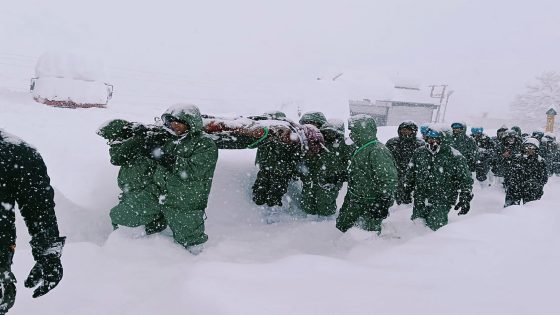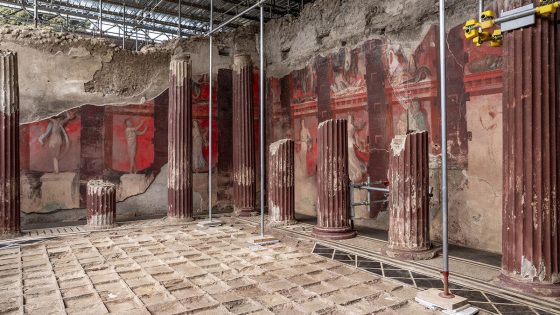On February 28, 2025, an avalanche near the India-Tibet border trapped more than 40 construction workers in Uttarakhand. The incident occurred at a camp near Mana village, where blizzard-like conditions had created hazardous circumstances.
- 40 construction workers trapped by avalanche
- Blizzard conditions hinder rescue efforts
- Avalanche warning issued before incident
- Climate change worsens weather severity
- Historical context of disasters in Uttarakhand
- Ongoing rescue operations in Nagarkurnool
Initially, 57 workers were caught in the avalanche while clearing snow. As of now, 15 have been rescued, while 42 remain missing, according to Ridhim Agarwal from the state’s disaster relief force.
The avalanche struck a camp operated by the Border Roads Organisation near the Himalayan village of Mana. The workers were engaged in snow clearance when the avalanche occurred, leading to a swift response from disaster relief teams. Despite the ongoing rescue efforts, the severe weather has hindered access to the site.
Key details include:
- 57 workers were initially trapped.
- 15 workers have been successfully rescued.
- 42 workers are still missing.
Rescue operations are complicated by heavy snowfall and strong winds, which have blocked roads leading to the camp. Deepam Seth, the state’s top police officer, noted that snow cutters have been deployed to clear the way. The Indian Army’s Central Command is also mobilizing additional troops and equipment to assist in the rescue efforts.
Avalanches are common in the Himalayan region, exacerbated by climate change and increased development activities. In the past, similar incidents have resulted in significant loss of life, highlighting the dangers faced by workers in these vulnerable areas. The current rescue operation coincides with another ongoing effort in Nagarkurnool, where workers are trapped in a partially collapsed tunnel.
The situation remains critical as rescue teams continue their efforts to locate the missing workers. The challenges posed by the weather and terrain underscore the risks associated with construction work in high-altitude regions.































